Objectives of the service
In order to reduce the risk of polluting the ocean or the air, ports invests on equipment, processes, or environmental studies; but NOT on operational software to mitigate the remaining risk.
Inguru-Predict predicts the unique, but always changing operational situation of a port and its natural context to provide, in automatic and in “real time”, Recommendations of Concrete Actions to port authorities and operating companies of the acceptable changes in selected activities that may reduce the environmental impact.
Users and their needs
The initial strategic approach focuses on mid-sized commercial ports in France and Spain, particularly those specializing in bulk goods transportation. Simultaneously, larger ports are incorporated as complementary partners to enhance the overall network and operational efficiency.
Currently, Inguru Predict collaborates with two key innovation partners: the Port of Bayonne and the Puerto de Bilbao. Furthermore, approximately eight additional ports across Spain and the southern region of France have expressed strong interest in evaluating and potentially adopting the solution, underscoring its growing relevance and industry demand.
Service/ system concept
Inguru-Predict empowers port authorities and operating companies with advanced, real-time decision-making tools designed to optimize operations while minimizing environmental impact. The solution delivers real-time insights through automated and instantaneous analysis of port activities and environmental data. Additionally, it provides actionable recommendations, offering precise operational adjustments to reduce environmental impact without compromising efficiency.
The architecture outlined below is specifically designed to handle large volumes of data and includes specialized tools for managing satellite imagery. It also provides end users with a web application tailored to various use cases.
This system leverages big data principles to efficiently process and manage the substantial size of satellite images, incorporating advanced storage technologies to integrate this data into machine learning models. Inguru-predict system is based in the Lambda architecture, which addresses bottlenecks from heavy workloads by enabling parallel processing pipelines without affecting production performance.
Inguru Predict extensively utilizes distributed computation tools, such as Apache Spark (spark.apache.org), to support efficient handling and manipulation of image vectors and data, ensuring scalability and robust performance for complex computational tasks.

Space Added Value
Satellite Earth Observation Data
Through the Copernicus programme, the system integrates high-resolution Earth Observation data for real-time insights into environmental variables such as chlorophyll, particulate organic carbon, and turbidity. These data offer comprehensive coverage of marine and coastal areas with spatial resolutions as precise as 100m and temporal updates from daily to monthly. By utilizing numerical models derived from satellite analyses, Inguru-Predict delivers precise, scalable insights into the ecological dynamics of port environments.
Meteorological and Climate Data
Meteorological data, such as wind speed, precipitation, and solar radiation flux, are sourced from platforms like the ECMWF Climate Data Store. This data enables detailed contextualization of pollution dynamics, such as sediment suspension and pollutant dispersion, enhancing predictive models and decision-making capabilities.
Tide and AIS Data Integration
Tidal data from platforms like Shom and Copernicus Marine Services, combined with Automatic Identification System (AIS) data, enable precise modeling of pollutant behavior in port waters. AIS data adds operational insights into vessel activity, supporting targeted risk management.
Current Status
The target market segment for Inguru-Predict has been precisely identified, with increasing environmental concerns among ports confirming the solution's relevance. The service has been strategically aligned with the operational needs of ports, supported by engagement activities such as three workshops held with Port of Bayonne and Port of Bilbao.
Achievements include prioritizing operational use cases, securing interest from multiple ports in France and Spain, and proposing preliminary business model hypotheses to ensure economic viability.
Current efforts focus on detailing the technical implementation of prioritized scenarios, validating the reliability and frequency of real-time satellite data, and developing an end-user prototype.
Upcoming activities include initiating discussions with additional ports, obtaining letters of interest to support the prototype and refining the business model.



